Buick Electra Classic Car for Sale
The Buick Electra stands as one of the most substantial and technologically advanced full-size cars of its era. Built for cruising across American highways, it features large-displacement V8 engines, automatic transmission, power steering, extensive chrome detailing, and exceptional interior comfort. A true American full-size sedan, highly valued for its robust construction and cruising capabilities.
Search results
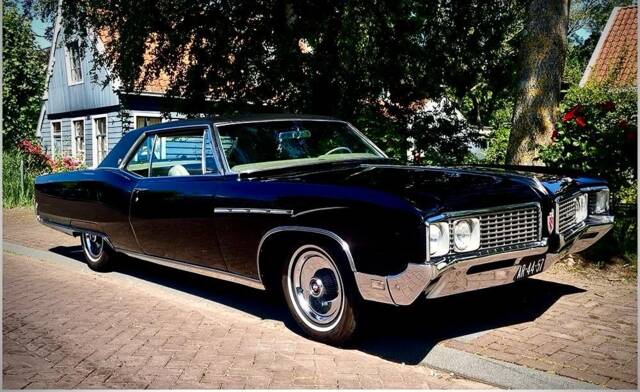
1968 | Buick Electra 225
Custom Coupé
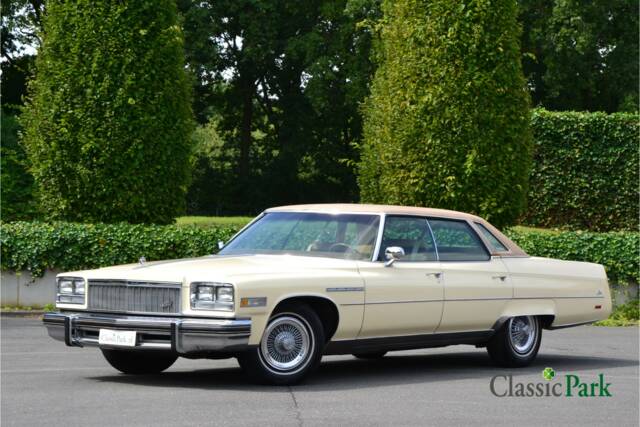
1976 | Buick Electra 225 Hardtop
Buick Electra Limited 4-door Sedan Hardtop
Buick Electra listing references from Classic Trader
Below you will find listings related to your search that are no longer available on Classic Trader. Use this information to gain insight into availability, value trends, and current pricing for a "Buick Electra" to make a more informed purchasing decision.
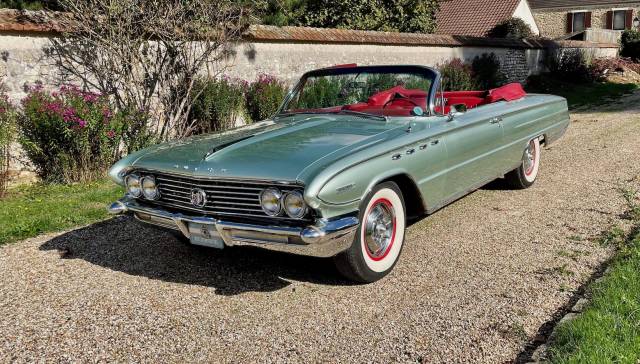
1962 | Buick Electra 225 Convertible
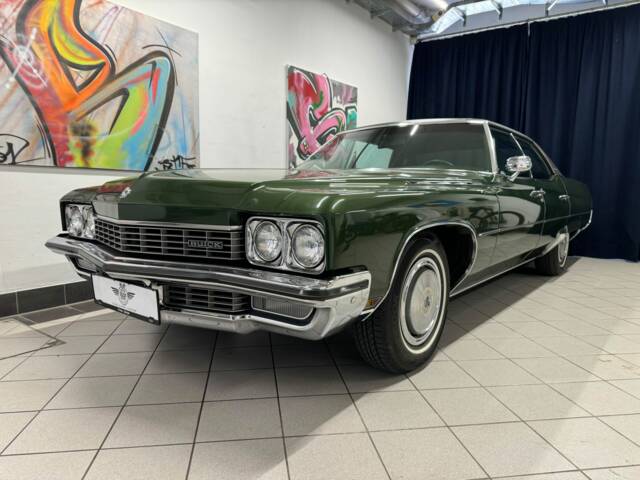
1972 | Buick Electra 225 Hardtop
Buick Electra 225 | 1972 - For sale by auction. Estimate 29950 EUR

1978 | Buick Electra
Zeitloser US-Klassiker mit Edelbrock- und Flowmaster-Upgrade

1963 | Buick Electra 225 Hardtop
Buick - Electra 225 Two Door Hardtop Coupé - 1963
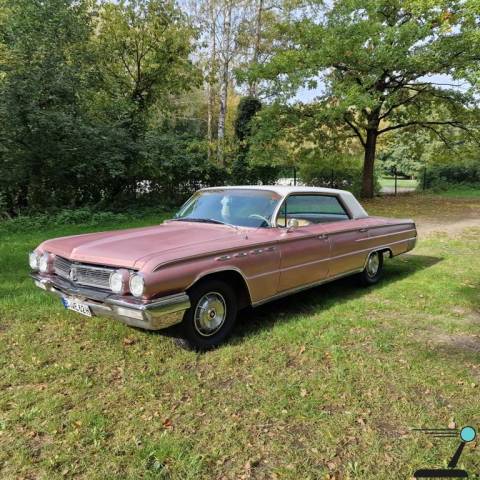
1962 | Buick Electra 225 Hardtop
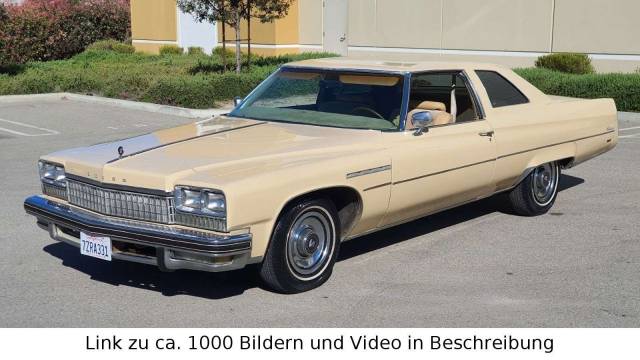
1975 | Buick Electra 225
Buick Electra 225 Custom Coupe California

1968 | Buick Electra 225
Beautiful, ready to rid Coupé

1970 | Buick Electra 225 Custom

1974 | Buick Electra 225 Hardtop
1961 | Buick Electra
401 cui Nailhead V8 // US-Car // Wonderful wedding car in beige
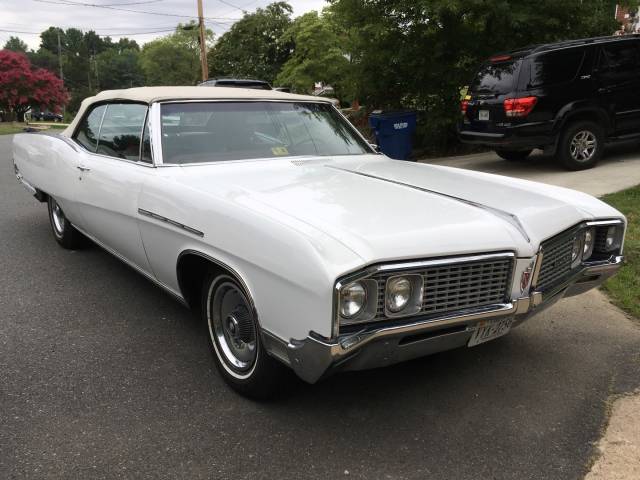
1968 | Buick Electra 225 Convertible
Buick Electra
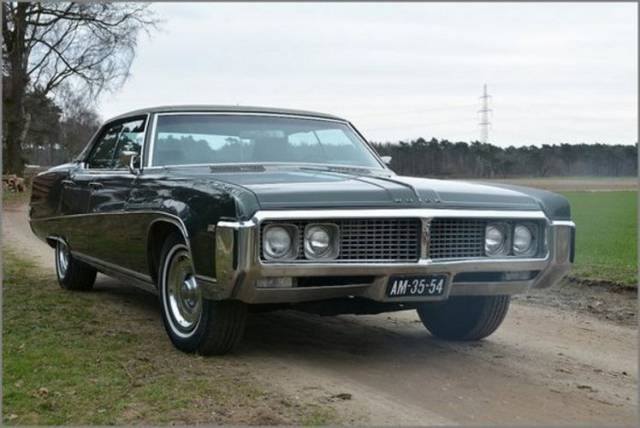
1969 | Buick Electra 225 Hardtop
History of the Buick Electra
Introduced in 1959 as the successor to the Roadmaster, the Buick Electra was designed to redefine upper-class motoring in the United States. Named after Harlow Curtice’s sister-in-law, Electra, the line remained Buick’s luxury flagship for over 30 years. Initially sharing a platform with models like the LeSabre and Invicta, the Electra developed its own identity through frequent design and technology updates. Notably, the Electra’s first generation immediately impressed with its 6.6-litre V8, flamboyant fins, and extensive chrome elements, all signaling the optimism and extravagance of its period. By the 1970s, the Electra evolved in both design and technical sophistication, continuing as a benchmark of full-size American luxury. When production finally ended in 1990, the Electra was succeeded by the Park Avenue and Roadmaster.
Model History
The Electra’s production spanned six generations, each reflecting the changing priorities and tastes of Buick clientele. The first generation (1959–1960) was marked by dramatic styling and powerful V8s. Subsequent generations brought gradual downscaling in both size and engine displacement, reacting to changes in consumer demand and regulations—particularly after the oil crisis of the 1970s. In its third and fourth iterations, features like the Custom variant offered even higher interior specifications. By the late 1970s and 1980s, the Electra shrank further while incorporating advanced comfort and safety features. The manufacturer code '225' remained synonymous with the model’s length—225 inches—well into its run. Across its lifecycles, the Electra was available as sedan, coupe, convertible, and estate, offering a broad spectrum for buyers.
Highlights of the Buick Electra
Electra models are renowned for their capacious interiors, plush ride comfort, big-block V8 engines, and numerous luxury features seldom found in other vehicles of their era—such as automatic transmission, air conditioning, power windows, and seat adjustment. Other signature features include extended wheelbases, distinctive dash clusters, intricate chrome bumpers, armrests, full-length consoles, and even accessory items like tissue dispensers and original manuals. Many cars were delivered with metallic paint and high-quality upholstery—vinyl or leather, depending on generation. The Electra is an automotive showcase of American design, with long, sweeping bonnets and a chassis-on-frame build.
Technical Data
Special Editions and Collectible Models
The Electra 225 Park Avenue emerged as the pinnacle of luxury within the Electra range, delivering ultra-plush pillow seating, additional insulation, and deluxe appointments seldom matched elsewhere. The Park Avenue Deluxe, a trim level above, featured even more advanced comfort and technology. Special equipment packages and limited releases, particularly from the 1970s, offered increased collector interest, notably those with high-output engines or bespoke paint and interior options.
Weak Spots and Common Issues
Overall, the Electra’s robust engineering has delivered impressive longevity; its body-on-frame construction resists rust better than most contemporaries, and drivetrain reliability is above average when service intervals are observed. However, age may bring wear to electric motors (windows, seat adjusters), perishable interior materials (vinyl and carpets), and weather seals. Big V8s require regular fluid changes and can be thirsty, especially the 455 engines. Suspension bushes and brake components benefit from inspection, especially on vehicles standing unused. Potential buyers should scrutinise documentation, as original speedometers cycle multiple times, clouding true mileage.
Engine and Performance, Transmission and Handling
With displacement commonly between 6.6 and 7.5 litres, even entry-level Electras deliver substantial torque, making for effortless acceleration even at the car’s considerable weight. The standard automatic transmissions, whether early Dynaflow or later Turbo-Hydramatic units, shift smoothly and contribute to relaxed long-distance driving. Large overhangs and soft suspension tune the Electra as a cruiser rather than a corner carver, focusing on comfort above sharp handling. Servo-assisted steering and brakes ensure low fatigue, especially in urban areas. Fuel consumption rates reflect the car’s mass and engine capacity, especially in urban driving. Ride quality remains one of the Electra’s defining strengths, with long travel suspensions soaking up rough roads. Noteworthy examples include the third-generation Electra 225 Custom (1965–1970), known for its combination of plush upgrades and 7.0-litre engines, and the limited Park Avenue Deluxe trims (1970s–1980s), which set benchmarks for luxury appointments in American sedans.
Interior, Comfort, Exterior and Design
The Electra’s design language communicates power and space—enormous hoods, crisp character lines, and a stately silhouette. Generous chrome detailing and distinctive tailfins (especially on early models) distinguish Electras from peers. Interiors offered sculpted bench or bucket seats, extensive instrumentation, and often dual-zone climate systems. Depending on year, upholstery ranges from vinyl and broadcloth to full leather. Electric accessories—notably seat adjusters, aerials, and all four windows—were either standard or widely available. Standard colour palettes included metallics and multi-layer paints, occasionally in rare factory shades. Factory options ranged from Kleenex dispensers to padded dashboards, while typical period accessories—like the “Car Butler” or original handbooks—enhance period charm.
Other relevant features
Many Electras feature options rarely seen outside the US, such as original radio/cassette combinations, air conditioning, and speedometers capable of multiple revolutions. Wide acceptance for historical registration (such as H plates) is common in Europe. Some vehicles were later converted for LPG use (gas installations), reflecting their continued usability. Due to US origin, most come with outstanding documentation and service history.
Summary
A Buick Electra provides a truly American driving experience—a combination of substantial presence, enormous power, and lavish interior treatment. The strong market interest and large number of available cars reflect its enduring reputation for comfort and engineering. Its body-on-frame construction, wide array of luxury features, and variety of engines and trims make the Electra a stand-out choice among full-size American classics.


